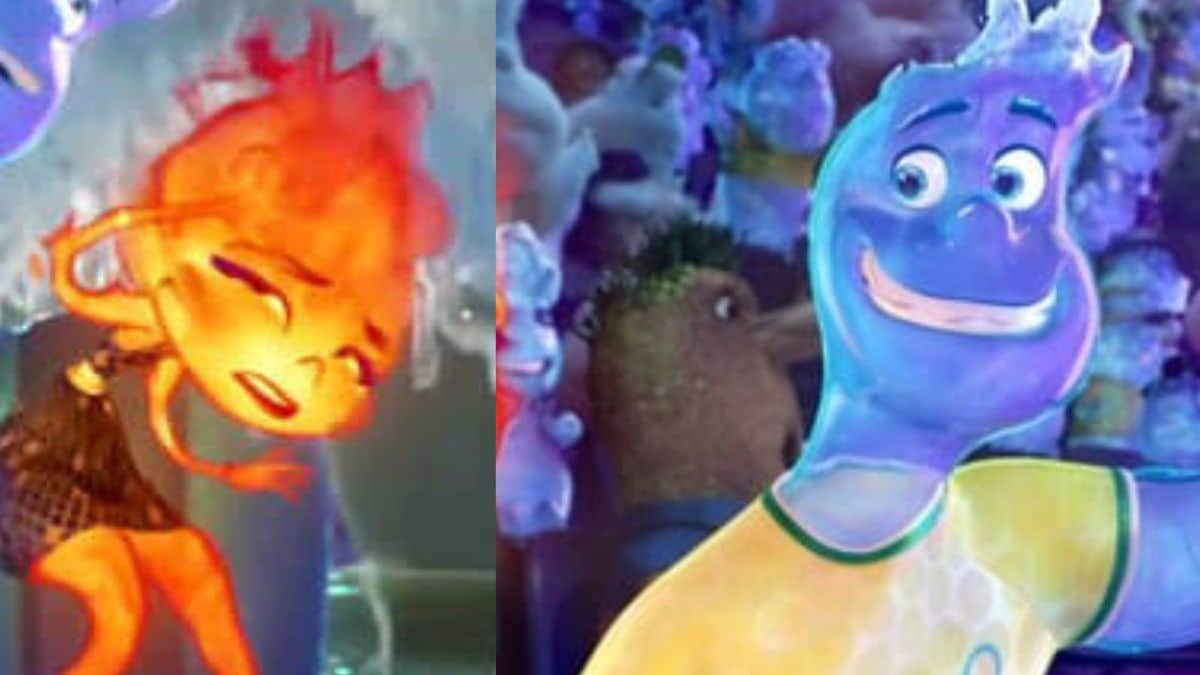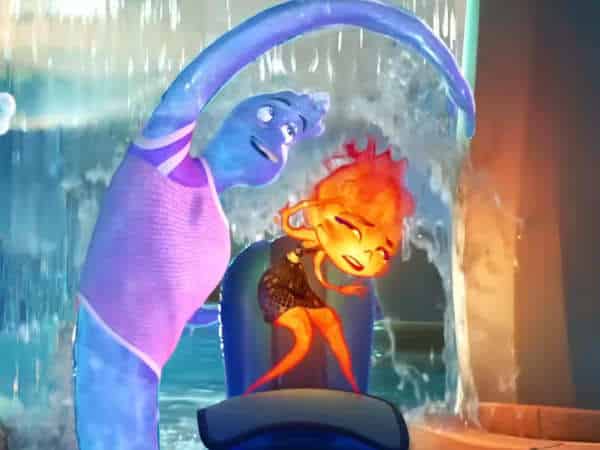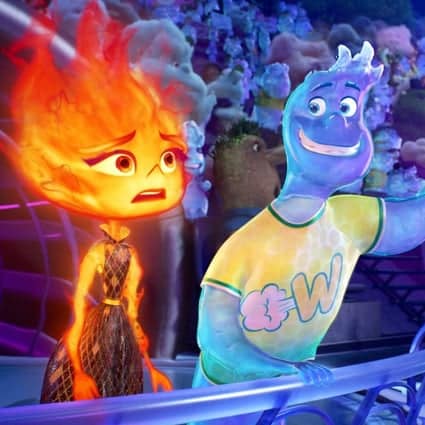
The worst opening weekend in Pixar’s 28-year history was by far the animation adventure Elemental’s premiere with $29.5 million domestically and $44.5 million internationally.
Nevertheless, two months later, its ticket sales have gradually increased to $148 million in North America and $425 million globally. A remarkable multiple for an original picture, that is over five times its initial ticket sales. The Peter Sohn-directed film “Elemental” is about two fire and water elements who find they have more in common than they initially think. It is set in a world where anthropomorphic elements of nature live.

Elemental international box office
“Elemental” only narrowly eked out a profit despite the fact that it had a strong second weekend of business since it cost $200 million before marketing, which included an expensive trip to Cannes for its world premiere. The movie office failures of the 2019 film “Onward” and the 2022 film “Lightyear,” as well as the missed opportunities of the films “Soul,” “Luca,” and “Turning Red,” which were sent directly to Disney+ during the pandemic, are encouraging developments for Pixar
.Jim Morris, president of Pixar, spoke to Variety about the reasons behind “Elemental’s” box office comeback as the movie passed the $400 milestone.
Elemental’s storyline
The endearing 10-minute short film establishes the tone for Elemental, which functions as a fable with profound principles concealed in a straightforward love narrative. Since Element City is mostly made of water, it is difficult for the fire elements, Bernie (Ronnie del Carmen), and Cinder (Shila Ommi), to get around. Ember (Reagan To), their kid, was born after Bernie and Cinder relocated to the outside and settled in Fire Town.
All of the people in Fire Town have begun to frequent Bernie’s convenience shop, which he runs. Water is something that both Bernie and Cinder are wary of. Ember needs to learn to control her temper before Bernie retires and hands over the convenience store to her.
Ember (Leah Lewis) develops into a loving, caring daughter who helps out at the convenience store by making deliveries, although she still struggles with self-control. Ember finds her temper fraying as she is surrounded by pushy clients when Bernie asks her to manage the red dot sale at the business as a test to see if she is ready to take over the store.
She goes to the basement to vent but regrettably breaks the pipes, which leads to floods. Wade (Mamoudou Athie), an inspector from Element City and a kind, laid-back water element, is also pulled in through the pipes.
The visuals of Elemental
The endearing 10-minute short film establishes the tone for Elemental, which functions as a fable with profound principles concealed in a straightforward love narrative. Since Element City is mostly made of water, it is difficult for the fire elements, Bernie (Ronnie del Carmen), and Cinder (Shila Ommi), to get around. Ember (Reagan To), their kid, was born after Bernie and Cinder relocated to the outside and settled in Fire Town.
All of the people in Fire Town have begun to frequent Bernie’s convenience shop, which he runs. Water is something that both Bernie and Cinder are wary of. Ember needs to learn to control her temper before Bernie retires and hands over the convenience store to her.
Cast of the Elemental
Here’s a cast and character guide to the main actors that bring Elemental to life.
●Ember Lumen – Leah Lewis
●Wade Ripple – Mamoudou Athie
●Gale Cumulus – Wendi McLendon-Covey
●Brook Ripple – Catherine O’Hara
●Clod – Mason Wertheimer
●Cinder Lumen – Shila Ommi
●Bernie Lumen – Ronnie del Carmen
●Fern Grouchwood – Joe Pera

Who is the villain of Elemental?
Elemental’s lack of a clear antagonist or villain is one of its most distinctive features. Instead, cultural and familial expectations present difficulties for Ember and Wade. Ember also struggles with her own inner critic, who prevents her from making some choices.
Like Sid in Toy Story or Randall in Monster’s Inc., the majority of Pixar films have a main antagonist, but Elemental takes a different tack. Gale and Fern, for example, have the potential to be antagonistic characters in the narrative, but they don’t actually threaten the other characters. Since most of the conflict is indirect or internal, viewers can relate to this concept.
